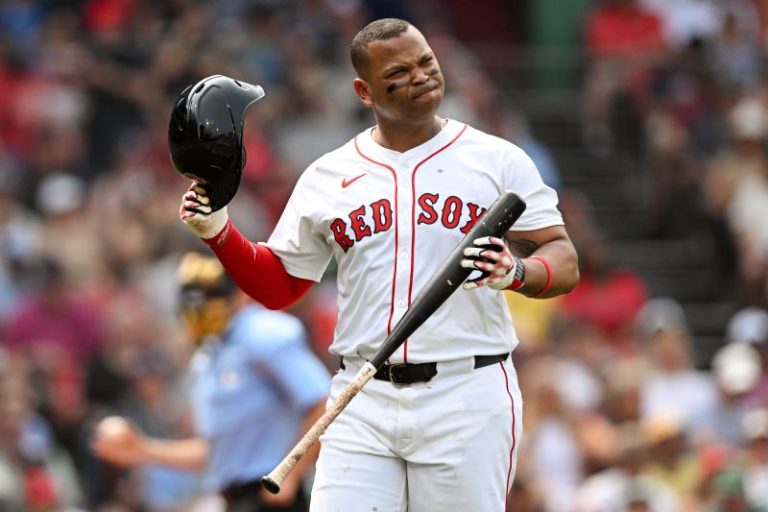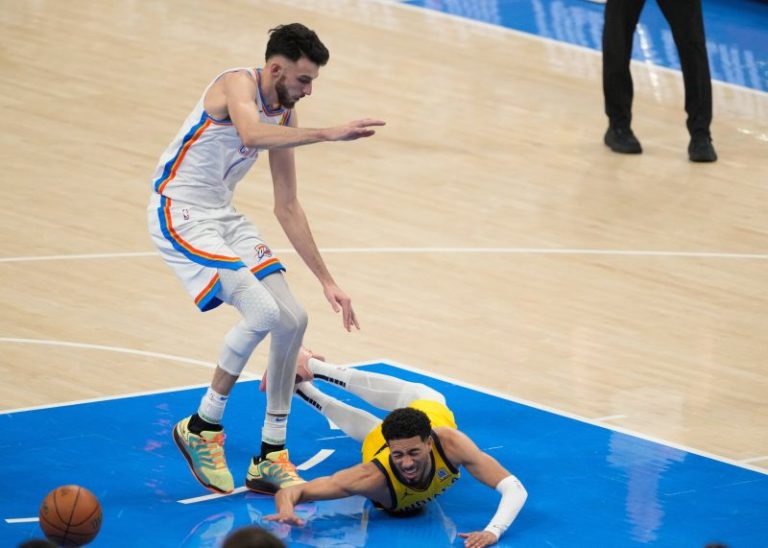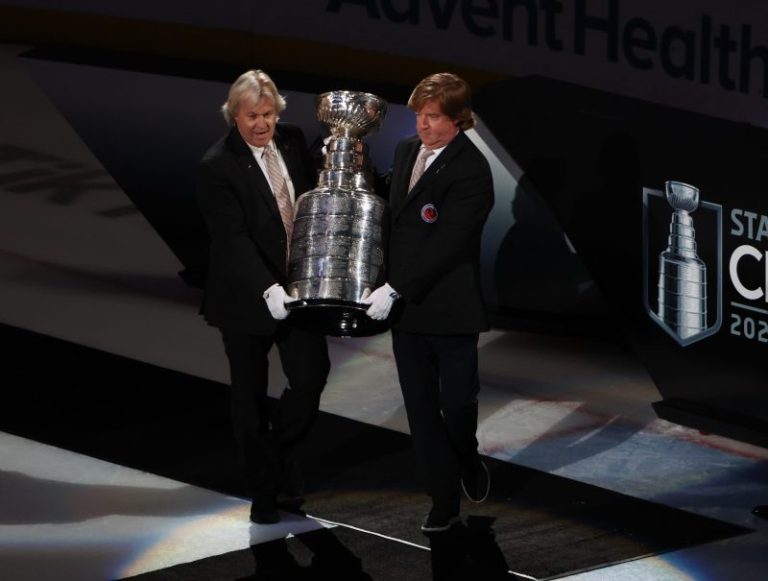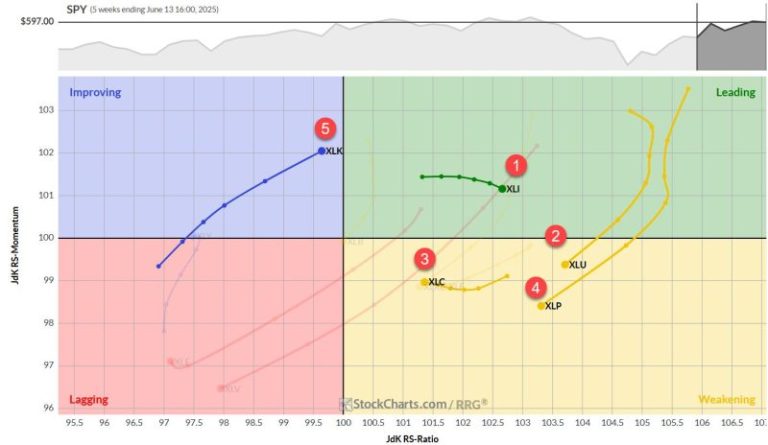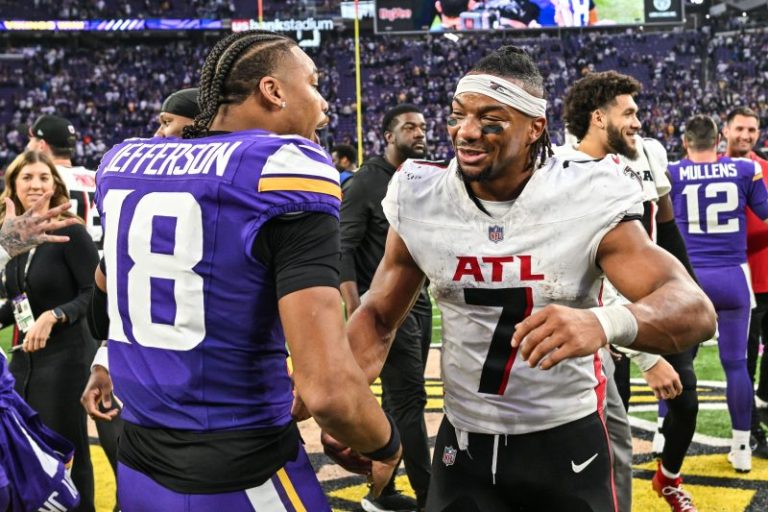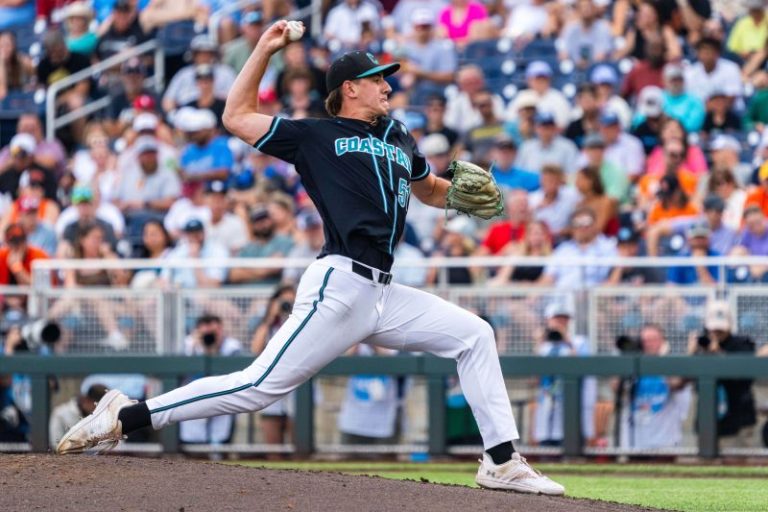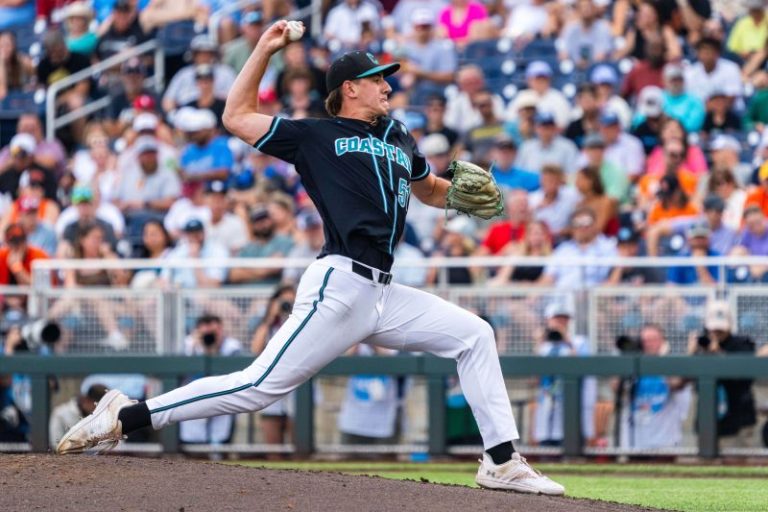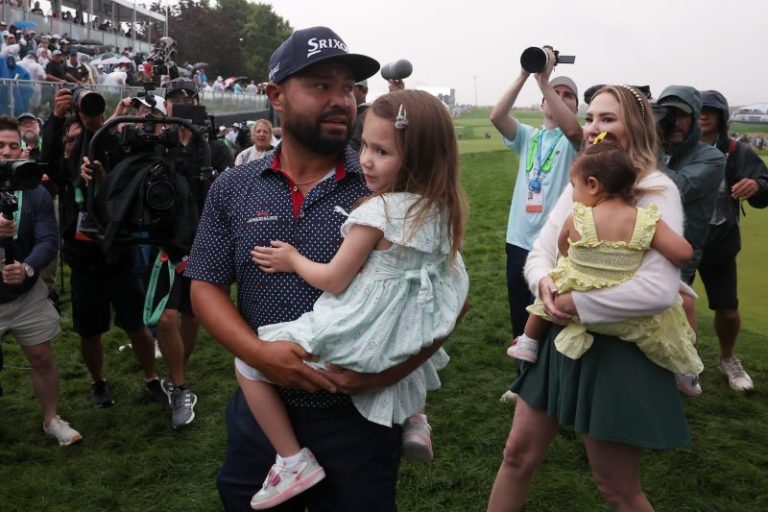There was no name-calling, finger-pointing or ugly accusations when the Boston Red Sox front office tried to explain why they traded their biggest star and face of the franchise a day earlier.
Yet, Red Sox president Sam Kennedy and Red Sox chief baseball officer Craig Breslow made it clear during their 40-minute call with reporters that there was one, and only one reason, why Rafael Devers was traded to the San Francisco Giants.
“In the end, I think it’s pretty clear that we couldn’t find alignment with Raffy,’ Kennedy said. “We all worked at it over the last several months, going back to the offseason. We worked at it. We had a different vision for him going forward than he had. And we couldn’t get there. We couldn’t find alignment.
“We reached an inflection point and made the decision to make a big move.’
Simply, once Devers refused to play the field even after first baseman Triston Casas underwent season-ending knee surgery in May, and third baseman Alex Bregman injured his right quad weeks later, the Red Sox knew they had to trade Devers.
Breslow said that Devers, 28, never formally demanded a trade, but his agents made it clear that it would be best for all parties for a fresh start elsewhere. That fresh start began when they informed Devers on the team plane that he was traded to the San Francisco Giants for pitchers Kyle Harrison, reliever Jordan Hicks, outfield prospect James Tibbs III and rookie pitcher Jose Bello. The Giants also agreed to assume the remainder of Devers’ $313.5 million contract – about $260 million.
Breslow acknowledged that the timing stunk considering the Red Sox just won five consecutive games and swept the Yankees, but pushed back on the idea that they are giving up on contending for a playoff berth this season. They opened the night with a 37-36 record, 6 ½ games behind the New York Yankees, just one-half game out of a wild card berth.
“This is no way signifies a waving of the white flag in 2025,’ Breslow said.
Breslow, even after losing one of the game’s finest sluggers, insists they may be a better team without Devers once the smoke clears.
“I understand why the initial reaction would be that it would be tough to sit here and say, ‘When you move a player of Raffy’s caliber, how could I sit here and say that we’re a better team?’’ Breslow said. “I acknowledge that on paper, we’re not going to have the same lineup that we did, but this isn’t about the game that is played on paper. This is about the game that is played on the field and ultimately about winning the most games that we can.
“I do think there’s a real chance that at the end of the season, we’re looking back and we’ve won more games than we otherwise would have.’
The Red Sox, who have won four World Series titles since 2004 – more than any team in baseball – believe that while they may be less talented, Devers’ behavior could bring down the entire team, particularly loaded with young players.
They were incensed originally this spring when Devers, the last remaining member of the Red Sox’s 2018 championship team, refused to switch positions when they signed free agent third baseman Alex Bregman to a three-year, $120 million contract. Devers kept insisting he was their third baseman, and when he finally relented, saying he’d be their DH, he was seething when the Red Sox asked him to return to the field after Casas’ season-ending injury.
“I know I’m a ballplayer, but at the same time,’ Devers said in May, “they can’t expect me to play every single position out there.’
The Red Sox tried to persuade him to change his mind, even with owner John Henry flying to Kansas City with Kennedy and Breslow to meet in person, but Devers refused to budge.
The Red Sox waited for Devers to relent, but he never did. They began engaging with other club, and after weeks of exchanging trade proposals with the Giants, decided it was a move they needed to make. Several GMs were puzzled why the Red Sox didn’t shop him, but Breslow defended the strategy, saying they had conversations with other teams to understand his value.
“We did have conversations with other clubs… ,’ Breslow said. “It’s not that this was the best deal that we could get, because the best deal that we could get may not necessarily be good enough to trade a player like Raffy Devers.
“But when you consider all the factors here, this is the one that made sense.’’
The Giants, whose first-base production is the fourth-worst in baseball, didn’t hesitate, getting a three-time 30-home run hitter who’s hitting .272 with a .401 on-base percentage, .504 slugging percentage with 15 homers and 58 RBI.
“We’re excited about adding one of the best hitters in all of major league baseball to our lineup,” Posey said in a conference call. “We’re obviously taking on a lot of dollars, but there’s a belief that adding a guy like this puts us in a good position keep winning ballgames, get into the playoffs and try to win a World Series, which is our ultimate goal.”
The Red Sox insist it’s still their goal, too, with Breslow saying they’re a more functional team now with more flexibility, and an environment that will permit their young players to thrive. They didn’t promise they’re going to go out and spend the money this winter on free agent outfielder Kyle Tucker or someone else. This doesn’t mean they’re going to use the money to keep Bregman after the season. They simply said they have a “more functional roster’ and will use the money to address future needs.
Still, no matter what transpires moving forward, the spotlight will be on Breslow. He’s the one in charge. He’s the one responsible for making sure the communication between the players and the front office is strong. And he certainly deserves the bulk of the blame for the relationship between Devers and the organization becoming fractured beyond repair.
“This is not the outcome that we had expected,’’ Breslow said, “and it’s forced me to reflect on the interactions that I’ve had, not just with Rafi, but with other players and opportunities to communicate differently. … I need to own things that I could have done better.
“I don’t know if this outcome would have played out any differently. I think that there’s a decent chance that it wouldn’t have, but I absolutely need to have the humility to think back on the interactions and figure out what I could have done better.’
Still, it’s not as if this is just an isolated case. The Red Sox traded away their biggest star before the 2020 season in future Hall of Famer Mookie Betts, believing they couldn’t sign him. They walked away from All-Star shortstop Xander Bogaerts after the 2022 season when he badly wanted to stay, and likely would have signed for at least $100 million less than the $280 million he eventually received from the San Diego Padres. And now, Devers is gone, too.
“We understand that many fans may be feeling disappointment … ‘ Kennedy said. “As Brez said, maybe we need to look back at things we could have handled better. But it’s definitely a two way street, and we didn’t get to the alignment that we needed in the best interest of the of the Boston Red Sox. So, so we made the decision that we made. …
“We did what we felt was in the best interest of the Red Sox, on and off the field, to win championships, and to continue to ferociously and relentlessly pursue a culture that we want everyone in in that clubhouse to embody.’’
While the Red Sox front office kept reiterating that it was a pure baseball trade, the honest truth is that it was a culture trade. They didn’t believe they could win another championship with Devers. They believed he was the wrong guy to be the centerpiece of the franchise. They didn’t think he would become a leader.
So, he is gone.
And becomes the latest sta to depart Boston.
“It’s ok, this sometimes happens in a long-term relationship,’’ Kennedy said. “We hopefully did the absolute best thing in the best interest of the Boston Red Sox, and in this case, in Rafael Devers. …We just didn’t have the same shared vision for roles in the best interest of the team on the field.’’
Time will tell whether it was a decision that will haunt the Red Sox for years like Betts, or if it was a move that will be instrumental to the club’s future.
For now, it’s an ugly divorce with no winners or losers, just a whole lot of pain.
Follow Nightengale on X: @Bnightengale

